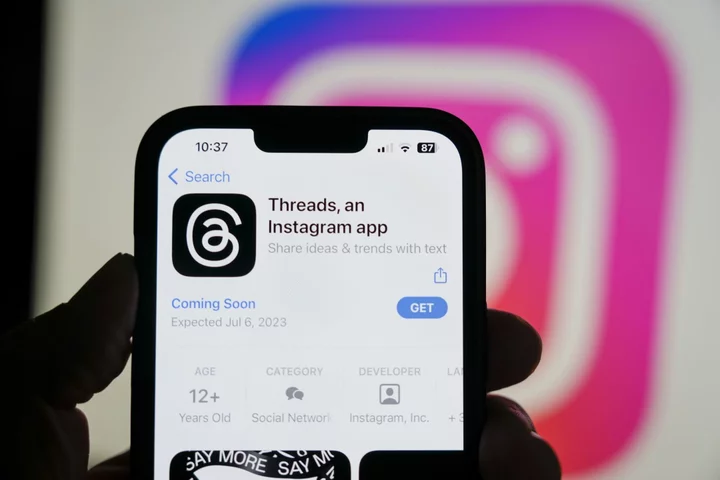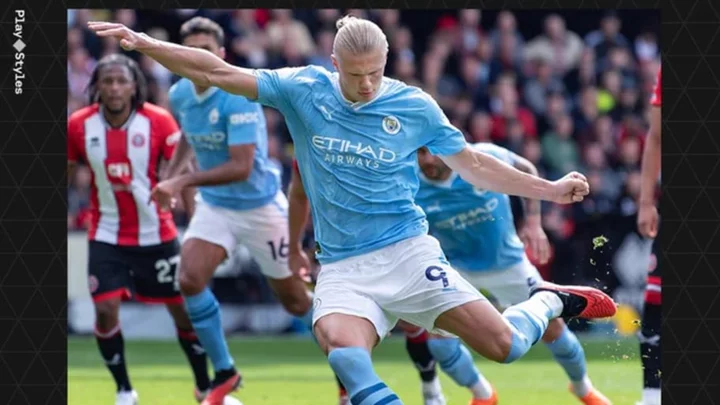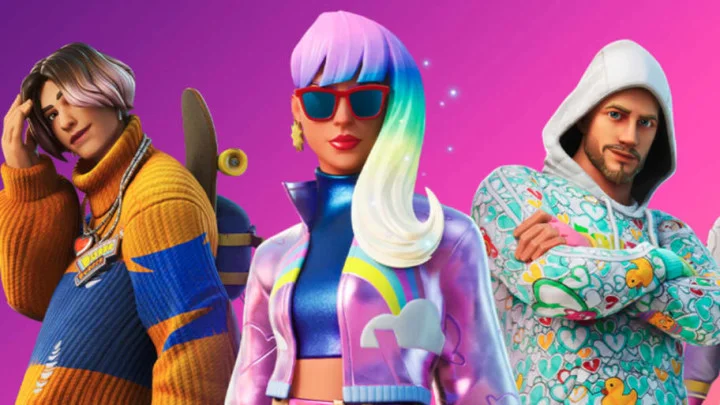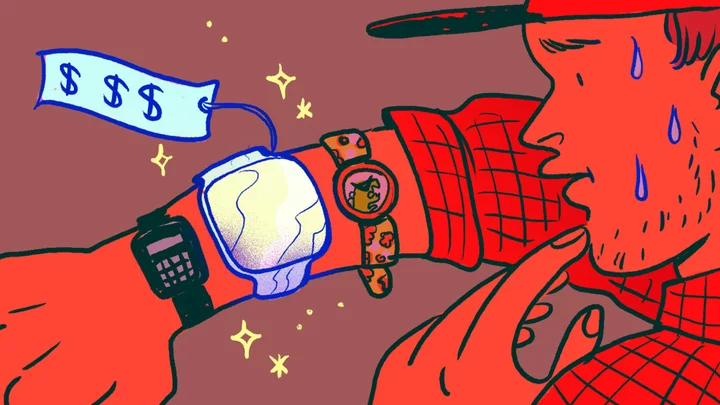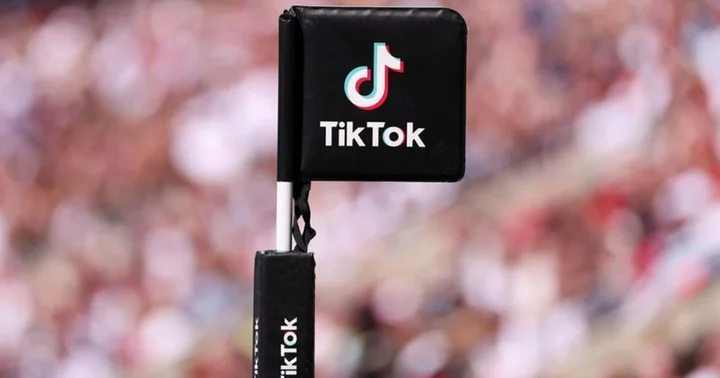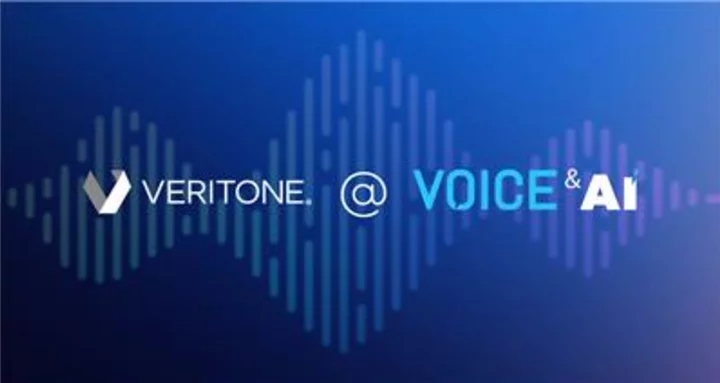Meta Networks Inc.’s Threads app has exploded on the digital scene in its first few days, topping 100 million users, many of whom have extolled the platform’s warm vibes especially compared with rival Twitter Inc.
But while Meta promises that Threads will host “positive, productive” conversations, the jury’s still out on whether it will be of any use to jobseekers or those looking to boost their career profile.
“It’s brand new. There’s some ambiguity as to what it really is,” said Jennifer Davis, a marketing and strategy executive who’s worked at Amazon.com Inc. and other technology firms and is looking for a new role.
With senior-level jobs scarce in tech, Davis, 49, is eyeing industrial and manufacturing companies. An early adopter of Twitter and an avid LinkedIn user, Davis joined Threads last week to check it out. Will she use it to job hunt? “Probably not,” she said. “If I aspired to be a media influencer, that’s one thing. But in the c-suite, it’s all about thought leadership. I find that happens more on LinkedIn.”
There’s no doubt Threads has made a splash since its July 5 launch, quickly becoming the top free app on Apple. Online searches for the term soared 1,430% between July 5 and July 7, according to Google Trends, and even on Twitter, sentiment for tweets containing the phrase “Join Threads” was 85% positive, according to an analysis by Semrush, a digital marketing company. The platform lets users post, add images and short videos.
Over the past decade, Twitter has been the watercooler of the Internet. Now, with Threads, “if everyone is congregating at this watercooler, even temporarily, you want to be in that mix, especially for those who have been laid off,” said Lia Haberman, a media executive who teaches social-media and influencer marketing. “It’s a unique time to say, ‘I don’t know what I’m doing but I’m figuring it out — just like everyone else.’”
For the career-focused, Threads has pros and cons. With fewer users and less noise (no ads) compared to more established platforms, it’s easier to get noticed by employers or leaders in your field, who might be more receptive to your posts and outreach thanks to the site’s inviting format. “There’s an air of possibility on Threads,” Haberman said.
Threads easily imports your followers from Meta’s sister app Instagram, but there’s a downside: That list skews more personal than professional for many users. The lack of hashtags and direct messaging also makes finding and communicating with like-minded groups a challenge so far. (Instagram head Adam Mosseri has said such enhancements are on the to-do list.) For those looking to get hired or network, Microsoft-owned LinkedIn still dominates, with 930 million members, more than 700,000 companies looking to hire and oodles of career-related content. (Notably, LinkedIn hasn’t bothered to create a Threads account yet.) For workers already dealing with technology overload, there’s natural apprehension about adding yet another app to our daily routine.
“Right now there isn't really a professional angle on this app,” said Sho Dewan, founder of career site Workhap. “In time there will be more professional conversations but for now, the content is tailored for casual topics.”
For professionals who want to test Threads out, or simply have FOMO, experts have some pointers. It’s smart to create a Threads profile that’s unique from your Instagram, said career advisor Jess Wass, especially if you’re looking to rebrand yourself. In that case, use your bio as an elevator pitch, showcasing what you bring to the table. Similarly, your posts shouldn’t mirror what you’re saying on LinkedIn, which affords far more than Threads’ 500 characters, so be pithy.
Posts that are both informational and entertaining do well, according to executive career strategist Sarah Johnston. Observe what resonates — not just from bigshots but those with a smaller following, career coach Maggie Mistal advises. Identify key contacts, and find them on other platforms if they’re not yet on Threads.
The emergence of ByteDance-owned TikTok as a work-related forum, with people posting funny videos of the daily grind or searing accounts of their bad layoff experience, is proof that a platform without a clear career bent can resonate with professionals. But again, each platform is unique. “The advantage of TikTok is that the video format humanizes a person — you get your heartstrings pulled,” Wass said. “On Threads, you have to have a clear story, so be more thoughtful about how you’re communicating what you need.”
That said, don’t limit your Threads persona to career climbing. Even LinkedIn has become more personal of late as the pandemic blurred boundaries between life and work, with users posting about mental-health challenges, social justice concerns and even their love life.
Used wisely, threads can help those who need to change their career narrative, or rebrand themselves professionally. Diana Levy, a former Hollywood writer, plans to use it in her pivot to politics and social activism, which includes running for office and reviving the local newspaper in her New Jersey township of Tewksbury. “Twitter is such a dumpster fire, it’s not worth going over there,” she said. “I’ve always used Instagram as a storytelling space. Now with Threads, it’s so much easier to tell a story with images.”

